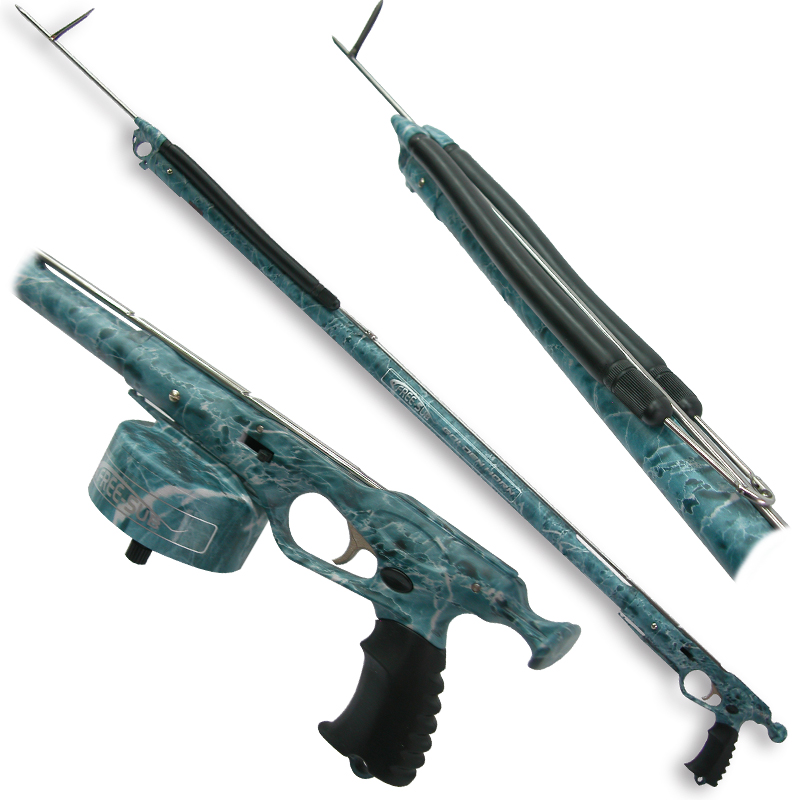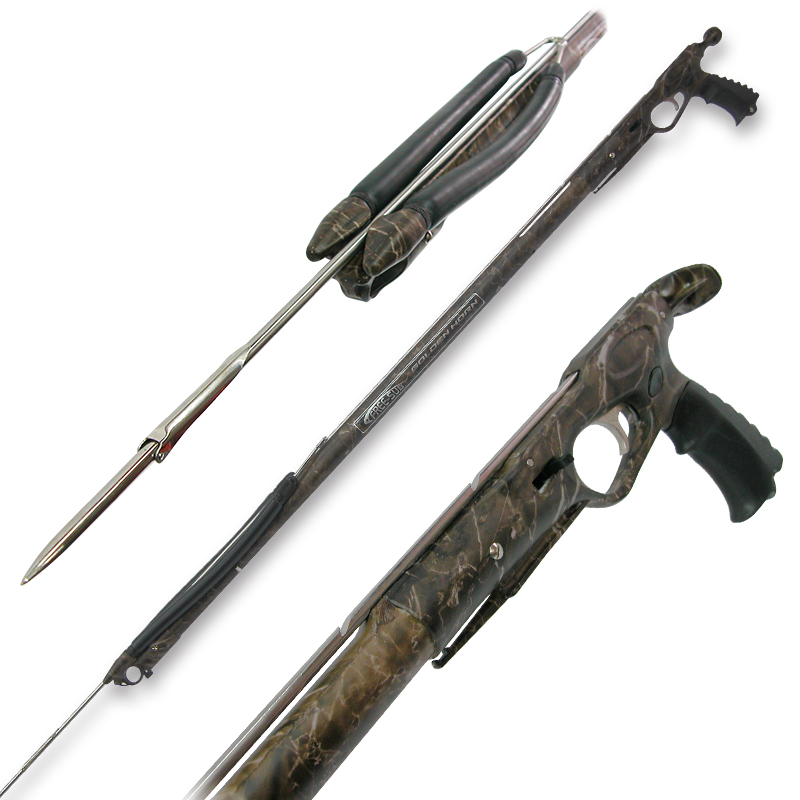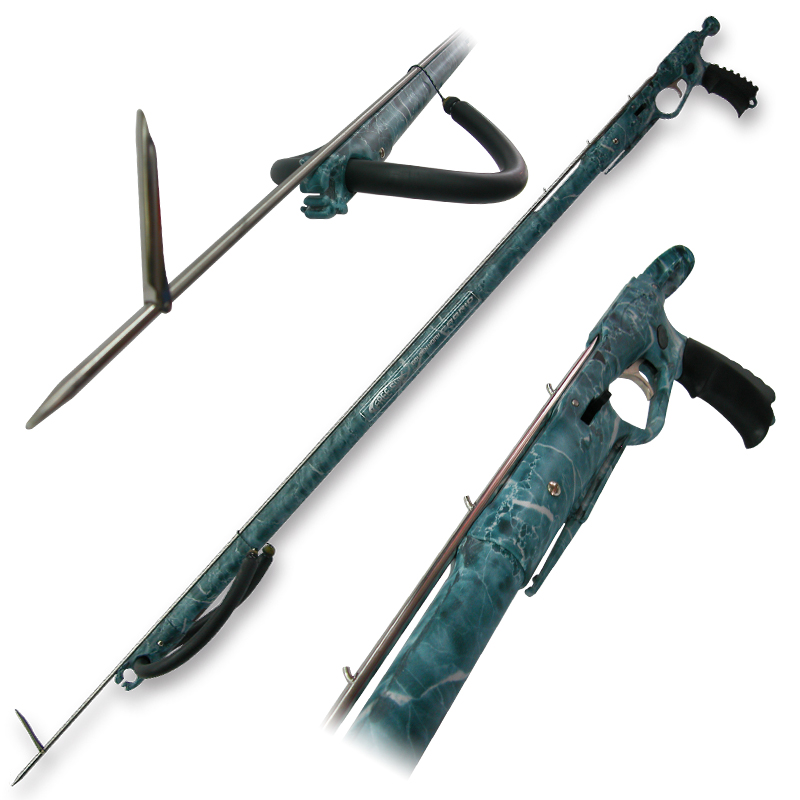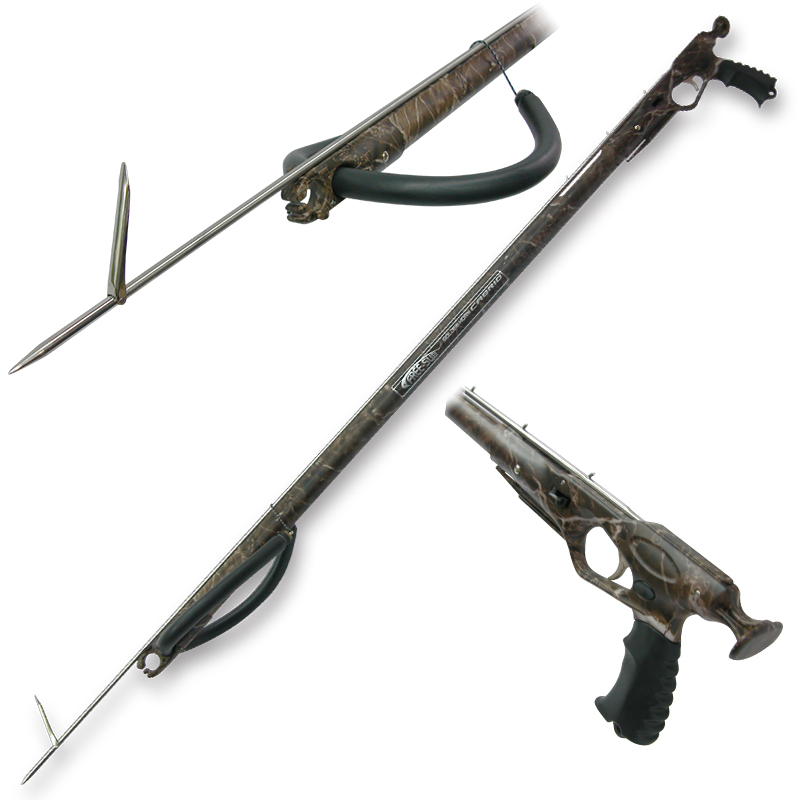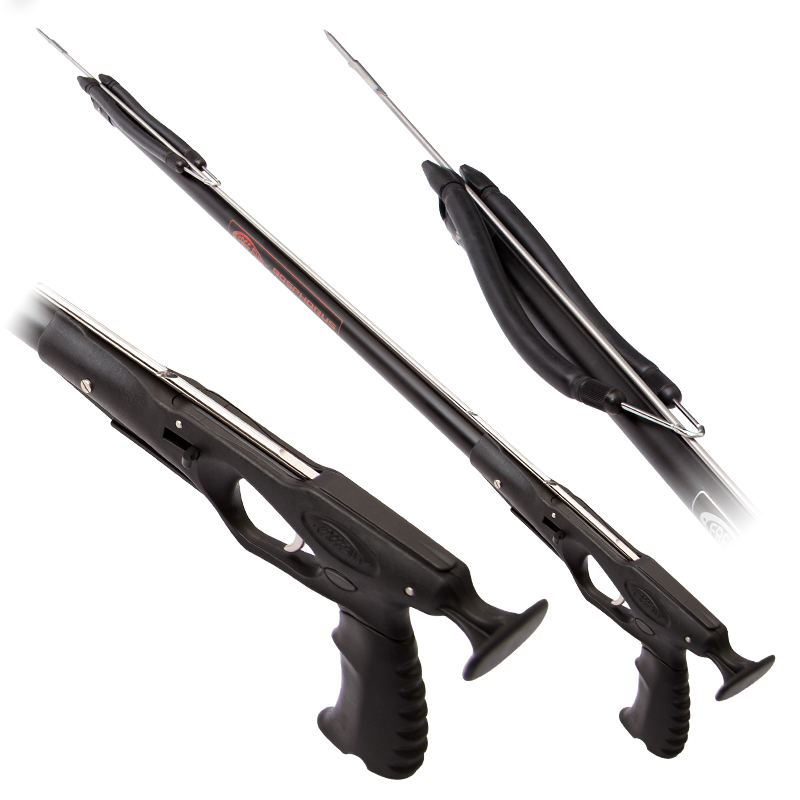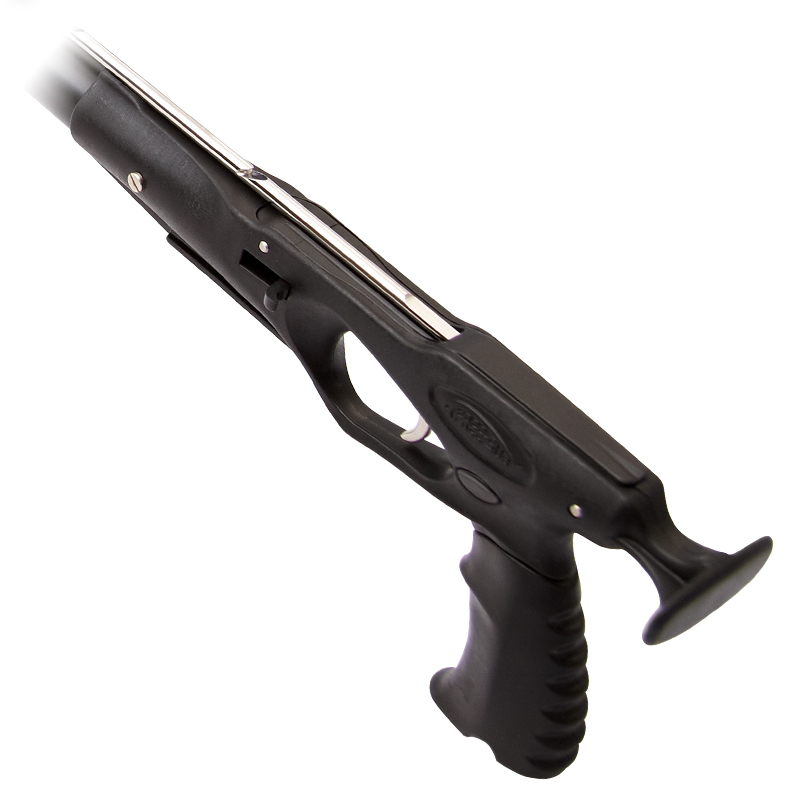Who We Are ?
Our company was founded in 1990, and our factory is located in Istanbul, Turkey. Since the year 2000, we have been producing Wetsuites and accessories, Spearguns, and spare parts as a result of our investments. Our factory, which has a closed area of 2500 square metres, can produce 5000 Wetsuites per month. Our entire facility is set up to process neoprene material and make Wetsuites and neoprene accessories.
Our factory handles all stages of production for our Free-Sub brand of Wetsuites and neoprene accessories for diving and spearfishing. With the quality and innovative understanding of our products, we demonstrate the benefit of having our own manufacturing track. With price and quality assurance, we export Wetsuites, Spearguns, and underwater fishing materials produced under our Free-Sub brand to 42 countries.
Private Label Manufacturing / ODM
Free-Sub manufactures Wetsuites and neoprene accessories for a variety of diving brands around the world. We ensure that each brand reflects its own unique style by designing camouflage patterns in accordance with the requests of the companies.
All production phases are completed in our factory, which provides benefits in terms of quick and high-quality production, quality standardisation, and pattern protection for various brands.
Our Capabilities
- Wetsuit Manufacturing
Our primary production focus at Free-Sub is neoprene Wetsuites and diving equipment. Our factory, where we perform our production, has a closed area of 2500 square metres in Istanbul/Turkey.
We aimed to make our factory an integrated facility with high volume and quality production skills, where all stages of production are completed under one roof, with our investments.
All of the following production phases are carried out within our company at the present time;
- Pattern design
- Printing of patterns on jersey fabric
- Cutting neoprene blocks in appropriate thicknesses according to the needs
- Lamination of neoprene sheets cut according to thickness requirement with jersey fabric
- Logo design and printing of our customers
- Sewing of Wetsuites with machines designed only for neoprene material.
All production lines can be made under one roof, and it got us to where we wanted to be in terms of product design and development, quality standardisation, and high-volume production capacity. Furthermore, one of the most important benefits of this capability is that it allows us to protect the privacy of the patterns and pattern designs that we create for various brands. As a result, every brand in the sector has the advantage of reaching out to its customers with its own pattern design and colour scheme.
The pattern design department in our factory creates the camouflage patterns, of which we display a small portion on our website, and new patterns are added to these patterns every day.
Special pattern and colour studies for different brands are also carried out in our design department, and as a result, each brand is provided with patterns and colours that reflect its own style.
The sublimation printing technique is used to print the patterns that we designed in our factory. To summarise, sublimation printing is a printing technique in which the dyestuffs used in printing evaporate at high temperatures, allowing the dyestuffs to penetrate the filaments of the polyester yarn in the jersey fabric.
Advantages of Sublimation Printing;
– It allows you to see the design’s colour vibrancy and pattern details to their full extent on the jersey.
– It is colourfast to a high degree. Textile printing, for example, uses drum printing. The binder and other dyestuffs are used in the printing technique known as names. Binders ensure that the dye adheres to the yarn’s surface, and the rate of dye penetration into the yarn is much lower than with sublimation printing. The dye is allowed to penetrate the yarn filament directly in the sublimation printing system. This guarantees that the colours will last a long time.
– Although the sublimation printing technique has a relatively high unit cost, it has a high production speed, allows for maximum colour and pattern intervention, has a low minimum manufacturing quality, and, most importantly, maintains colour vibrancy for much longer than peer-to-peer printing.
By cutting the neoprene blocks we supply from leading neoprene manufacturers with our horizontal cutting machine, which we added to our manufacturing park in 2020, we hoped to speed up the production process and improve its quality.
In the manufacture of Wetsuites, neoprene is the primary raw material. Neoprene is made up of blocks called “Billets” that come in various thicknesses depending on the intended use, content, and, of course, the manufacturer’s preference. Contrary to popular belief, neoprene 3mm, 5mm, and other thicknesses are not interchangeable. There are no standard thicknesses available (with exceptions). When the chemical production phase is finished, neoprene is usually cut into blocks of 30mm to 45mm in height. These neoprene blocks are then sliced into various thicknesses based on the requirements (usage area of the product to be manufactured). Neoprene is a flexible material that is also resistant to impact and abrasion. As a result, slicing (horizontal cutting) of neoprene blocks in various thicknesses is done with machines designed and manufactured specifically for cutting neoprene material.
What is Lamination?
In short, it is the process of covering neoprene material with jersey fabric.
Lamination in Wetsuit Production;
A lamination system known as “Hot Melt,” is used to coat neoprene material with jersey. When film lamination and other lamination techniques are not used in the production of Wetsuites, the elasticity of the neoprene is reduced, causing Wetsuites used in relatively challenging natural conditions to be damaged in a short period of time. For the comfort and durability of Wetsuites, the lamination phase of production is crucial. The correct formulated adhesive should be applied in the correct machine under controlled conditions.
Lamination Department and Capacity;
We perform the lamination process as Free-Sub using an adhesive designed specifically for neoprene and our machine, which we added to our manufacturing park at the end of 2016.
Our lamination machine has a production capacity of 1200 metres per hour on average. We can laminate 550 pieces of a 2.20-metre-long standard neoprene sheet in 1 hour using a simple calculation.
How does the lamination process take place?
Different components specially manufactured for neoprene are combined with a standard formula just before the lamination process, and the adhesive to be used in production is obtained in the form of “Hot Melt” lamination. After that, the task of the lamination machine designed specifically for neoprene material lamination takes over. At each point, the lamination machine applies an equal density and appropriate amount of adhesive to the neoprene sheet, and then combines the jersey and neoprene with the required standard pressure. The neoprene coated with jersey is then passed around a hot drum with a three-meter diameter and high temperature to dry the adhesive.
Wetsuites are primarily designed to provide water and heat insulation, as well as comfort and ergonomics. The manufacturing technique and machines used to provide the above features are not typical of textile manufacturing.
During the initial stage, all parts are usually glued together with special adhesives. Because waterproofing is the primary goal, it is critical that this process be carried out with care and using the proper adhesive. Following that, these joints are sewn together using sewing machines designed specifically for the industry, preferably with high-durability polyester threads. Blind stitch is a common sewing technique used in the construction of Wetsuites. There is no double-sided pinhole with this sewing technique because the skewers do not pass to the other side of the neoprene fabric during sewing, so an assembly that increases waterproofing is provided.
Our apparel track’s average monthly production (for hunting suits) is 5000 pieces as a Free-Sub. Simultaneously, production of other neoprene products and accessories (diving socks, gloves, and so on) continues unabated.
- Speargun & Spare Part Manufacturing
From amateur to professional, Free-Sub produces a variety of Speargun models for all levels of users and different usage features. Our factory produces our Spearguns, which are designed for long-term use. Technical details that make a difference have been developed with long field tests in our Spearguns, which you can use safely for years, thanks to our spare parts and technical service support. Our Free-Sub Spearguns come in three different model groups, each of which takes into account the user’s physical characteristics, preferences, hunting depth, and pasture.
- Spearguns Models
- Goldenhorn Speargun
It’s designed for users who are intermediate to advanced. It provides point shooting even at long distances thanks to its self-channelled body and 20mm diameter high-performance tyre. The semi-open head of the Free-sub provides a wide viewing angle and is simple to instal underwater. In addition to black, there are brown and turquoise camouflage colours to choose from for various pastures. Only black lengths of 45 cm and 60 cm are available.
- Goldenhorn Cabrio (Open Head)
Advanced users only. It provides point shooting even at long distances thanks to its self-channelled body and 20mm diameter high-performance tyre. The Speargun’s open head, which gives it its name, allows for maximum visibility underwater. In addition to black, there are brown and turquoise camouflage colours to choose from for various pastures.
- Bosphorus Speargun
We recommend our Speargun as a beginner level weapon. With a 16mm diameter tyre that you can stretch more easily, you can instal our Bosphorus Speargun more easily. With its non-channelled body and rubber suitable for short range shooting, it is preferred by those who hunt under rock and beginner underwater hunters.


